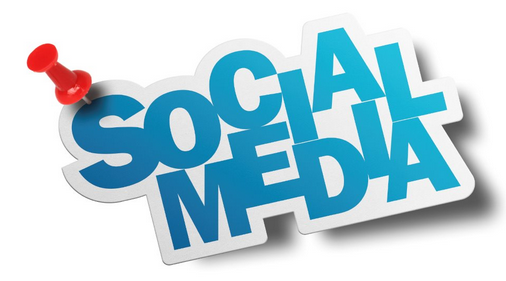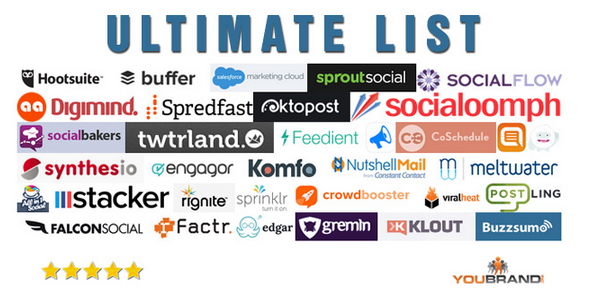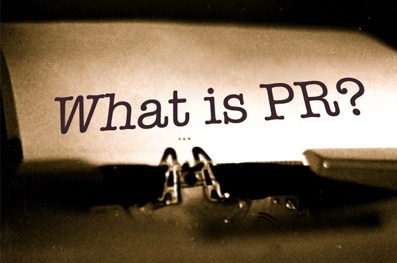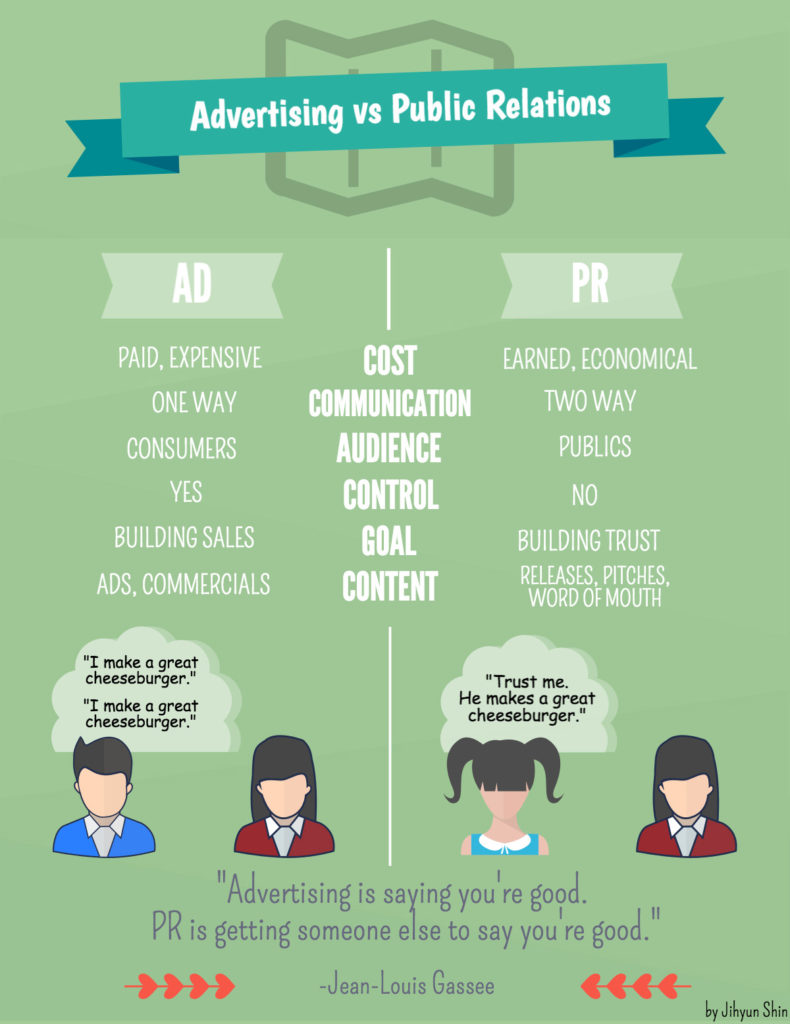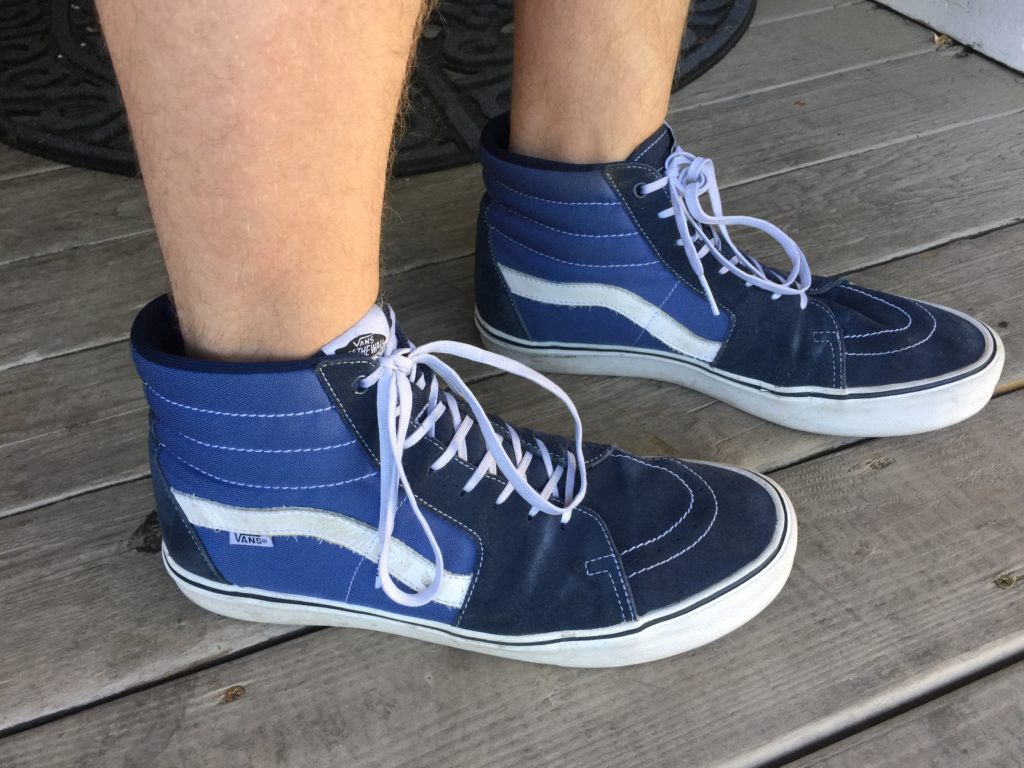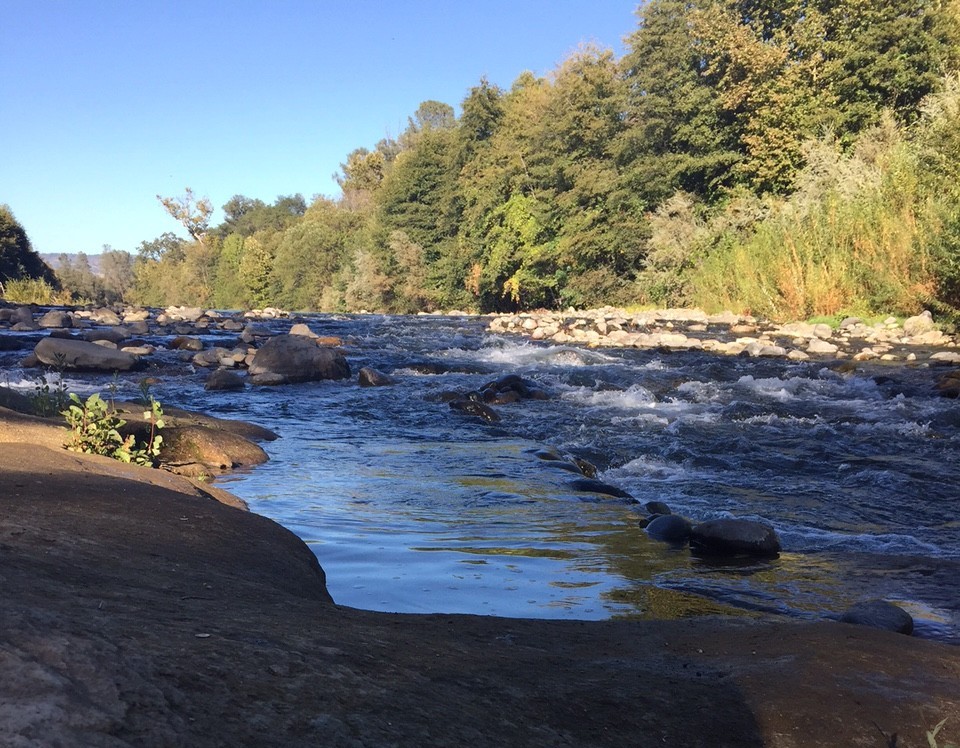
California’s drought deficiency has had me in a steady state of anxiety for well over a year now, and things aren’t looking any better. Growing up in Northern California I have always been able to see our water sources first-hand. I’d see water flowing downriver driving up to South Lake Tahoe and when I’m enjoying boating on Folsom Lake. Now, all I see on trips to the lake is stagnant water with ever decreasing levels. Some people think the situation is helpless, but there are always ways to conserve water.
Turn off the water when you brush your teeth
It seems obvious, but I see so many people run the water while they aren’t even using it! It drives me crazy. When brushing your teeth, rinse the toothbrush, turn off the water, dab the paste and start brushing. Only turn the water back on when it’s time to rinse again. Simple right? Apparently not enough people think to do it, so check out this short tutorial by Thames Water for more insight. The same goes for doing dishes, turn off the faucet in between scrubbing plates and it can save gallons of water.
If it’s brown flush it down, if it’s yellow let it mellow
I’m sure most people know exactly what I’m referring to, but I’ll go ahead and elaborate. Try not to flush the toilet if you don’t have to. Did you know that every time you flush a toilet it uses anywhere from 1.6 to 7 gallons of water depending on the model of the toilet? So unless you need to drop the kids off at the pool, try to avoid flushing.
Leave the ‘Wash Me!’ sign on your car
I love my car and it kills me to see it covered in dust, leaves and bird poop. But it hurts even more to use water to wash something that doesn’t really need it. There are conservative ways to wash a car, for example, fill a bucket up with soapy water, hose it down, scrub and rinse. But this is only necessary when your car is looking desperate for a wash.
Create a song queue for your showers
After a long day, a nice relaxing shower can be just the thing you need. But keep it to a minimum. Dilly dallying in the shower is a huge waste of water – get in, wash up, get out. I like to pick out two songs that run for a maximum of 10 minutes. That way when those songs are over, I know it’s time to turn the shower off and hop out.
It might seem like a lot of inconvenient sacrifices, but when everyone does their part it truly makes a difference. The WREC saves over 19,000 gallons of water a month by stopping the distribution of towels. Desperate times call for desperate measures and right now California is definitely in a time of desperation.
By Julianna “Jane” Eveland, Assistant Account Executive



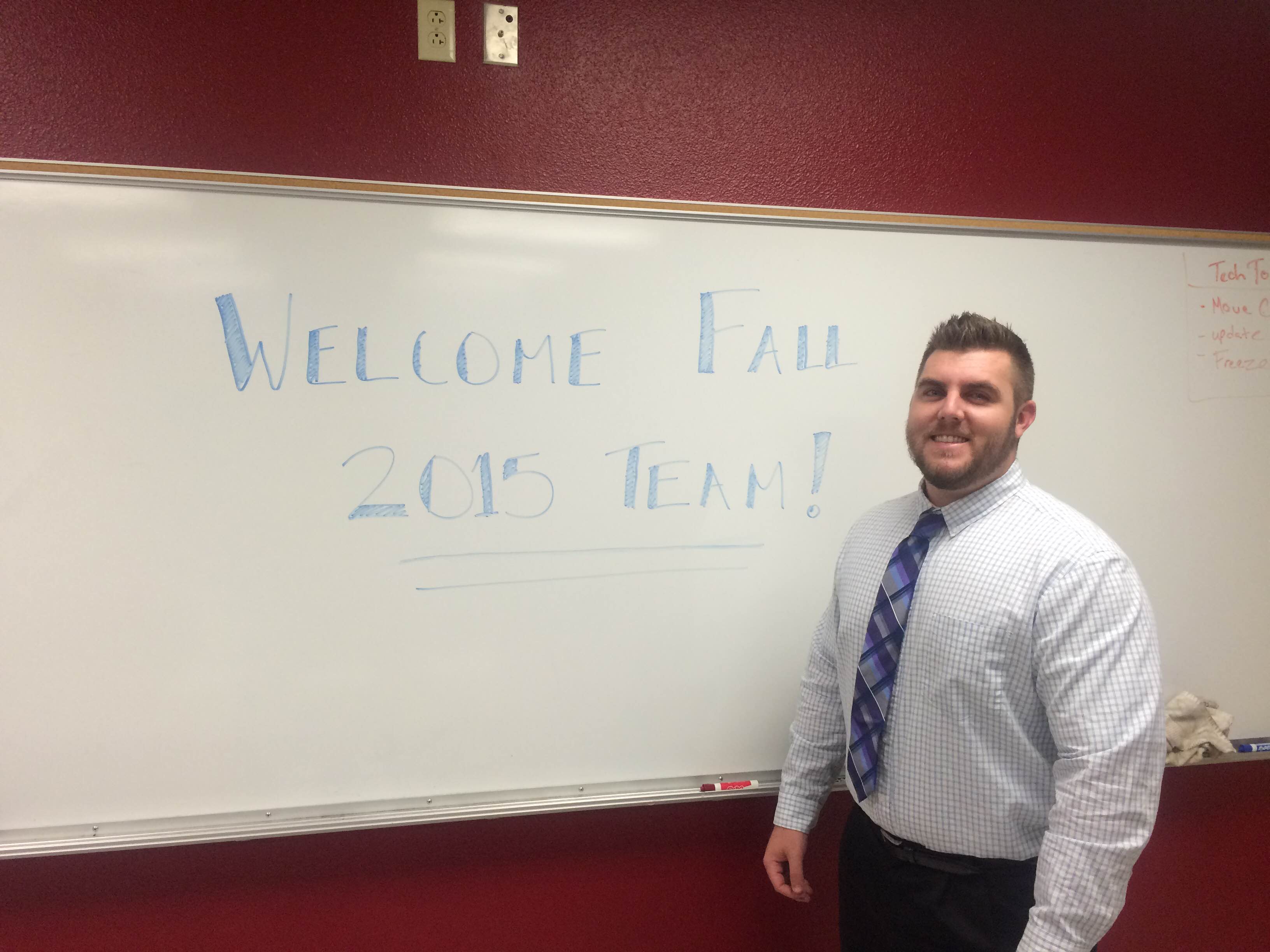



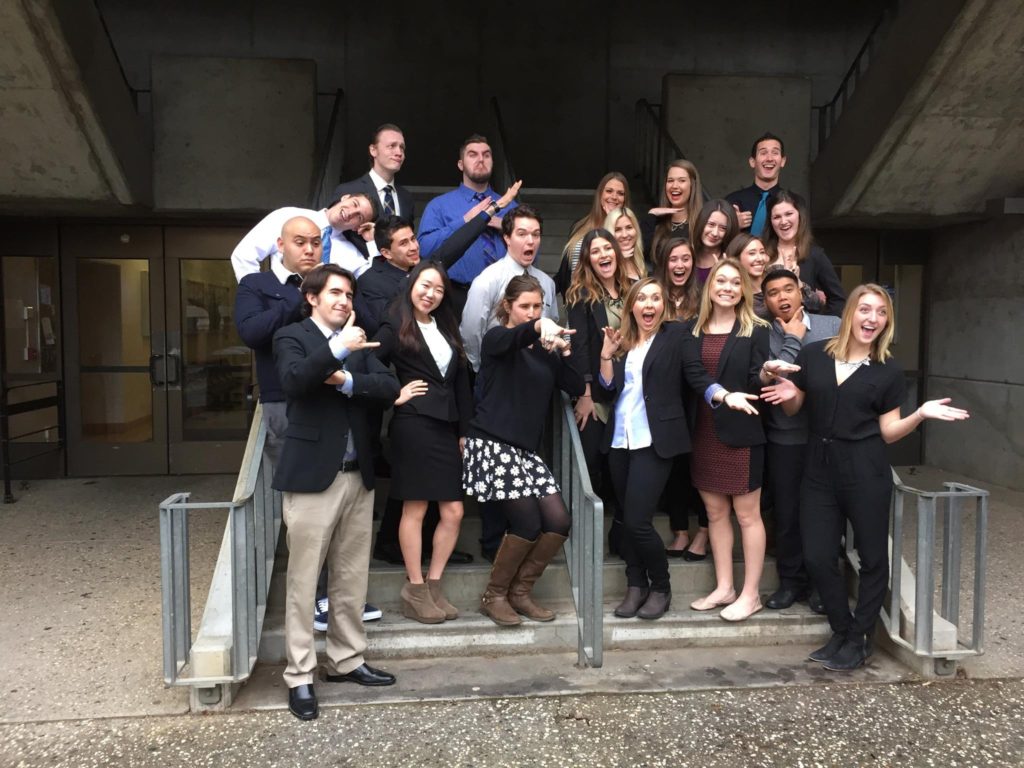
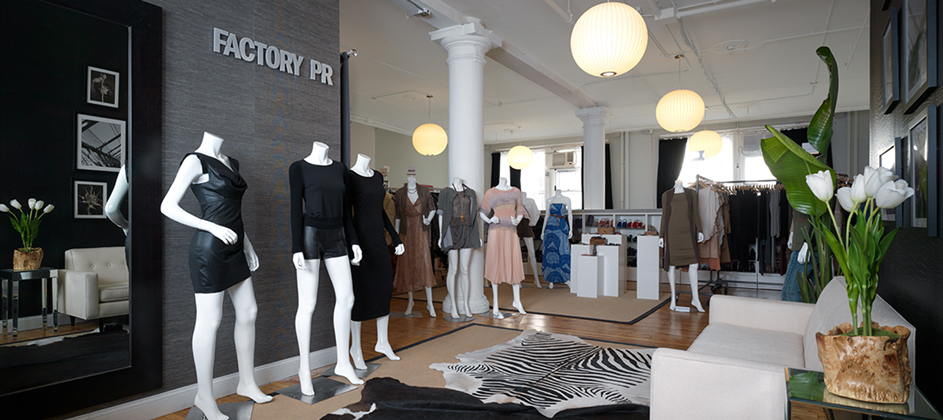
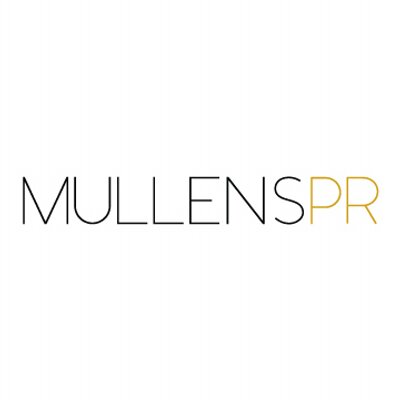
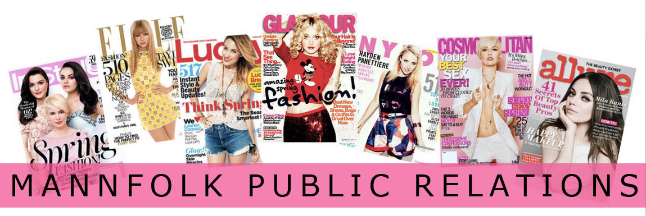

 Now and Zen PR
Now and Zen PR

